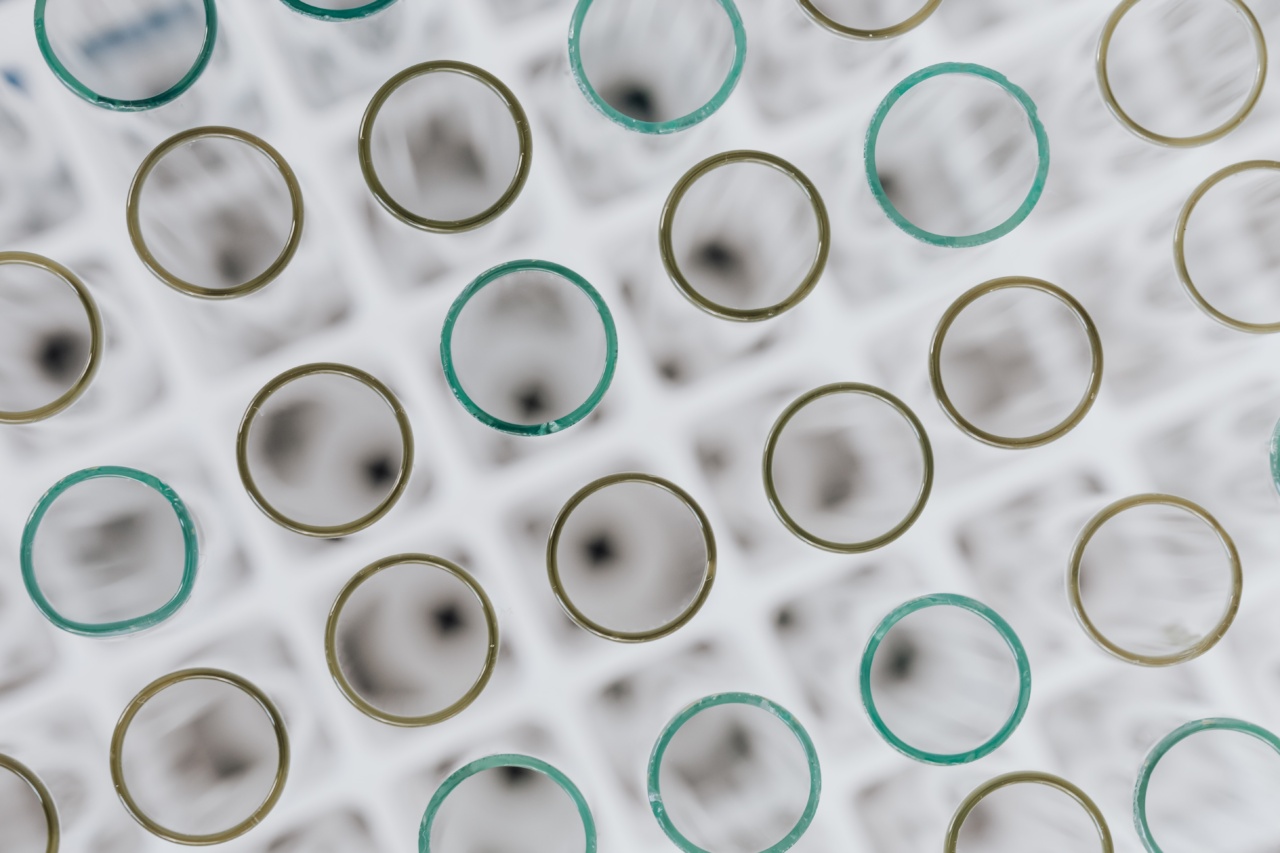When it comes to diagnosing and treating warts, many people are familiar with the Pap test. However, Pap tests are not always sufficient for detecting all types of warts. There are a variety of other tests available that provide more accurate results.
In this article, we will explore these different tests and discuss why Pap tests alone may not be enough.
1. Visual Inspection
One of the simplest and most common tests for warts is visual inspection. A healthcare professional examines the affected area visually to identify the presence of any warts.
Although this method can be effective for certain types of warts that are easily recognizable, it is not always sufficient for detecting more subtle or atypical warts.
2. Dermoscopy
Dermoscopy involves using a handheld device called a dermatoscope to examine warts more closely. This device magnifies the affected area, allowing healthcare professionals to see detailed images of the wart.
Dermoscopy is particularly useful for identifying features that may be difficult to see with the naked eye. It can also help differentiate warts from other skin conditions.
3. Biopsy
In some cases, a biopsy may be necessary to diagnose warts accurately. During a biopsy, a small sample of the wart is removed and analyzed in a laboratory. This test can determine the type of wart and ensure an accurate diagnosis.
Biopsies are usually performed when other tests have provided inconclusive results or when there is a suspicion of a more serious condition.
4. Polymerase Chain Reaction (PCR) Test
The PCR test is a highly sensitive technique that can detect the presence of the human papillomavirus (HPV), which is the primary cause of warts. This test involves amplifying the HPV DNA and identifying its specific genetic sequences.
PCR tests can accurately identify the type of HPV present in warts and provide valuable information for treatment planning.
5. Viral Culture
A viral culture involves collecting a sample of the fluid or tissue from the wart and growing it in a laboratory setting. This allows the healthcare professional to determine the specific virus causing the wart.
Viral cultures are particularly useful when unusual or resistant warts are present. They can also help identify specific virus strains and guide treatment decisions.
6. Wood’s Lamp Examination
Wood’s lamp examination involves using a specialized ultraviolet lamp to inspect the affected area. Some warts exhibit fluorescence under the UV light, making them easier to identify.
This test is particularly useful for detecting flat warts, which can be challenging to observe through visual inspection alone.
7. Blood Tests
Blood tests are not commonly used to diagnose warts directly. However, in certain cases, they may be performed to check for the presence of specific antibodies.
These antibodies can provide information about a person’s immune response to the human papillomavirus. Blood tests are more commonly used to monitor treatment response and determine whether the body has developed immunity.
8. Patch Testing
Patch testing involves applying small amounts of certain substances to the skin to determine if an individual has an allergic reaction.
Although not a direct wart diagnostic test, patch testing can be useful in cases where there is a suspected allergic reaction to a wart treatment or in patients with multiple warts that are not responding to standard treatments.
9. Molecular Testing
Molecular testing involves analyzing the genetic material of the wart to identify the presence of HPV and its specific strains. This test can provide valuable information about the viral genotype and guide appropriate treatment choices.
Molecular testing is often used in research settings and is not typically performed as a routine diagnostic test for warts.
10. Physical Examination with a Dermatologist
Ultimately, a thorough physical examination by a dermatologist remains an essential aspect of diagnosing and treating warts. Dermatologists are experts in identifying various types of warts and differentiating them from other skin conditions.
Their expertise, combined with an understanding of the patient’s medical history and symptoms, allows them to accurately diagnose and recommend appropriate treatment options.





























